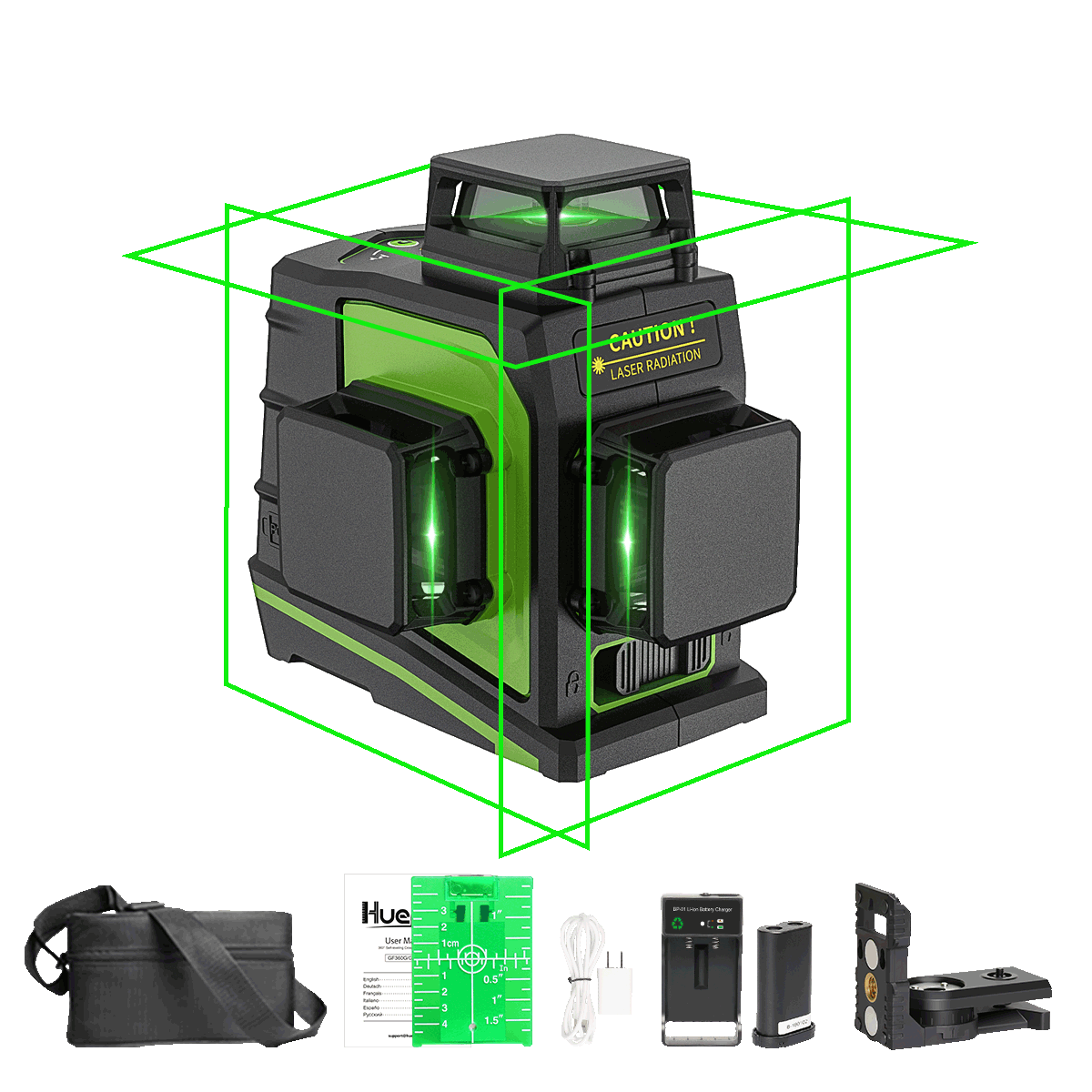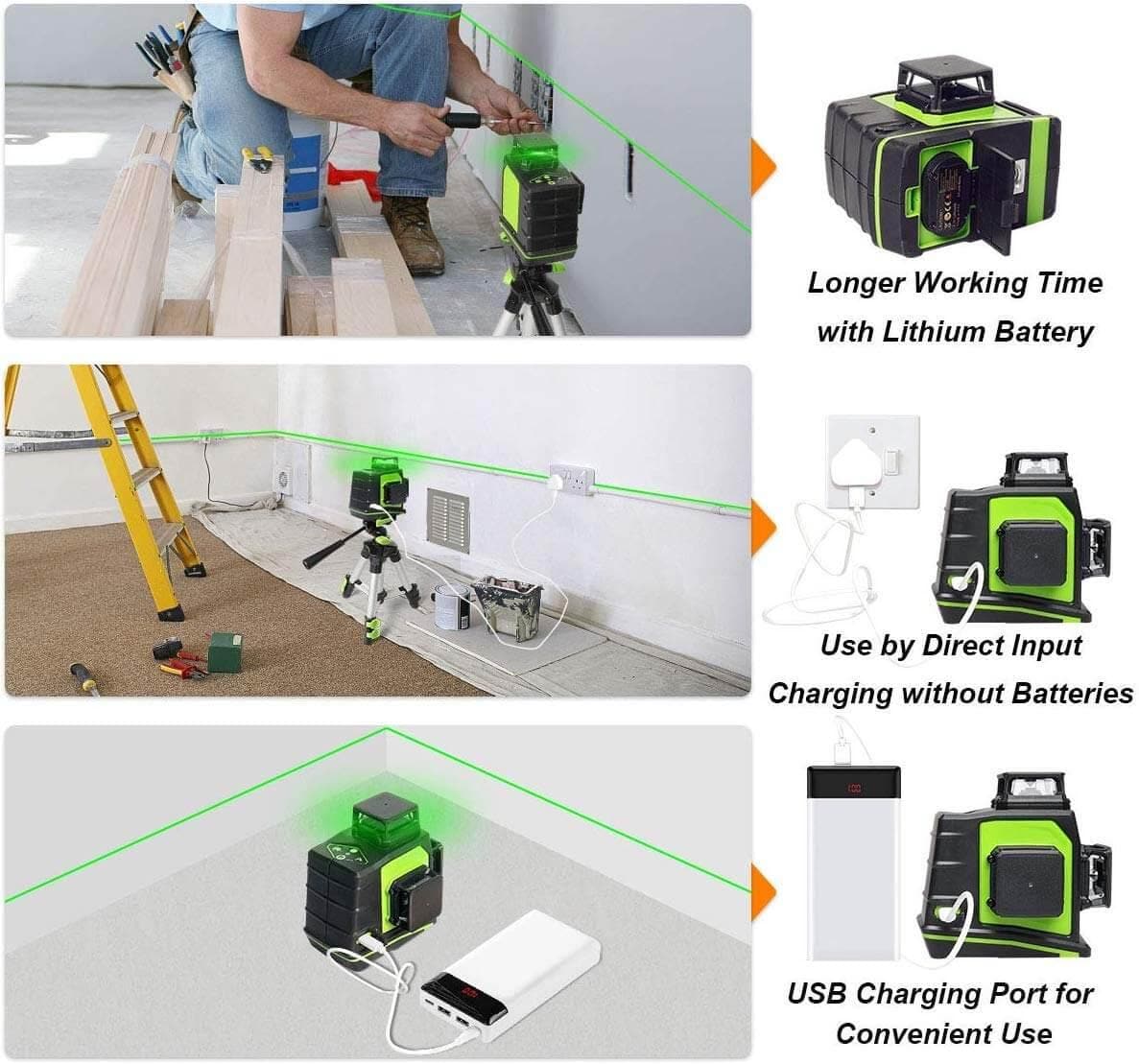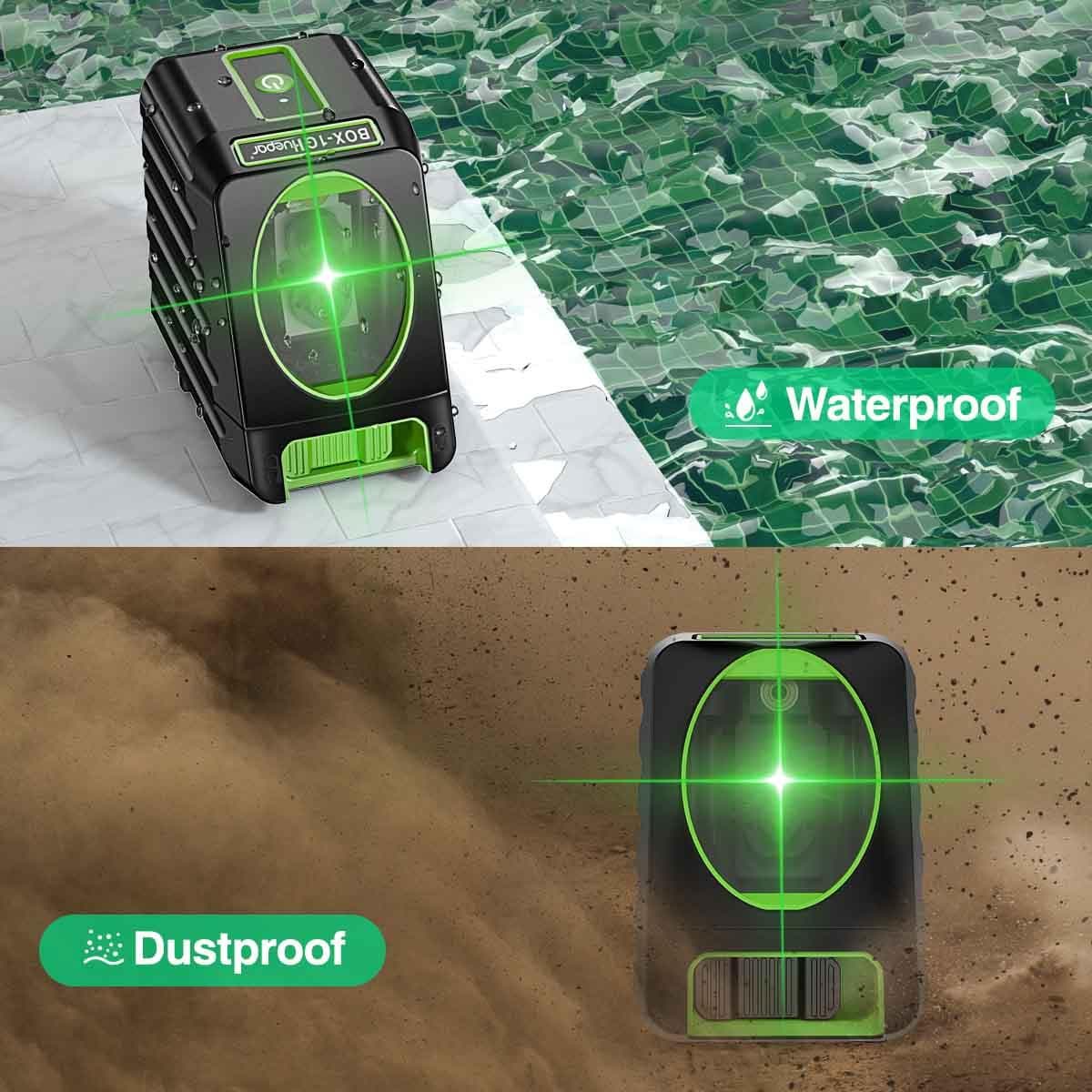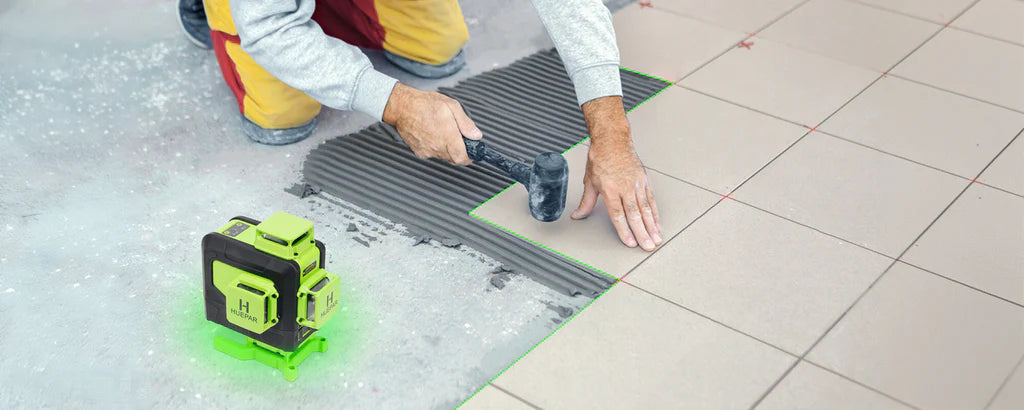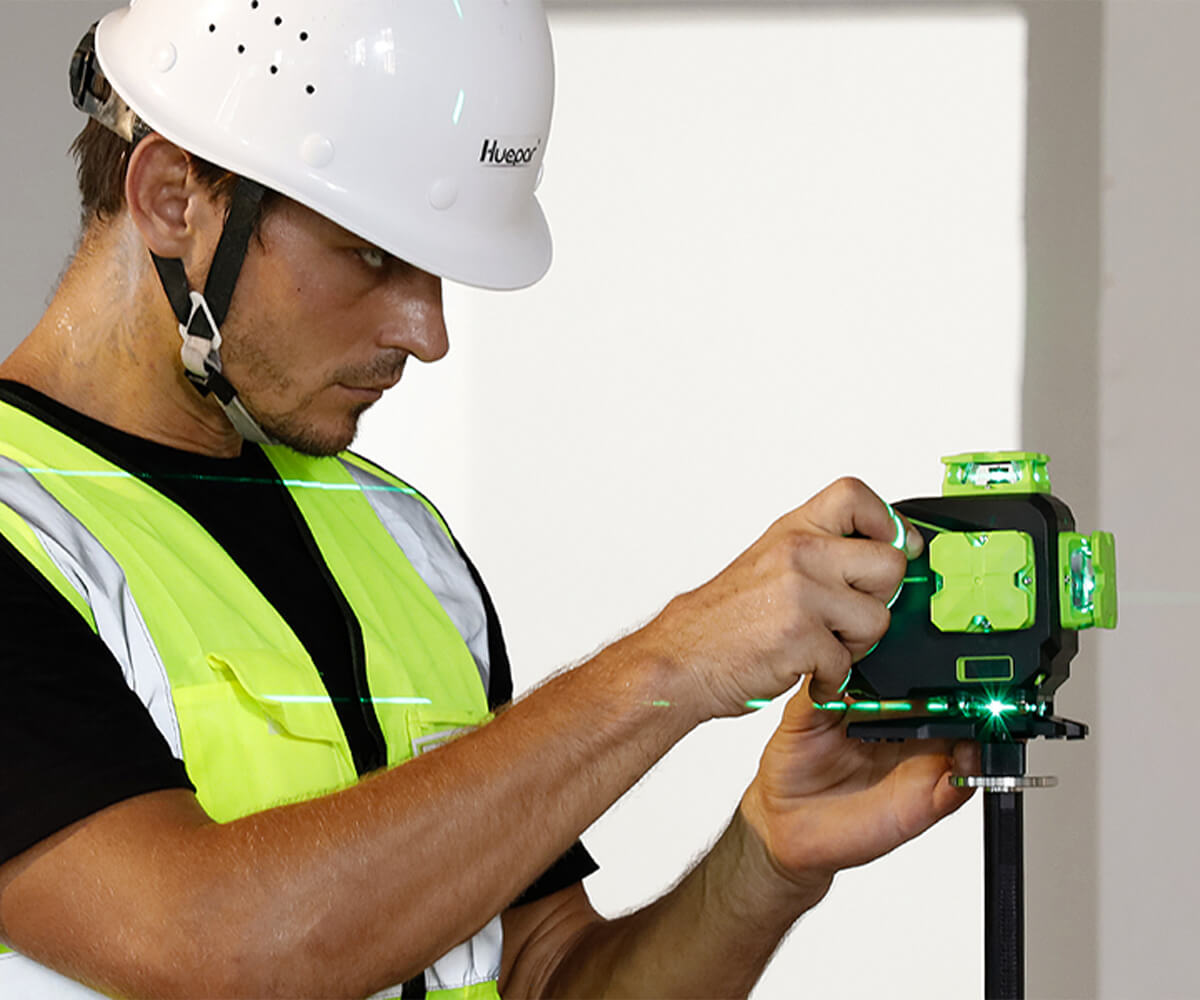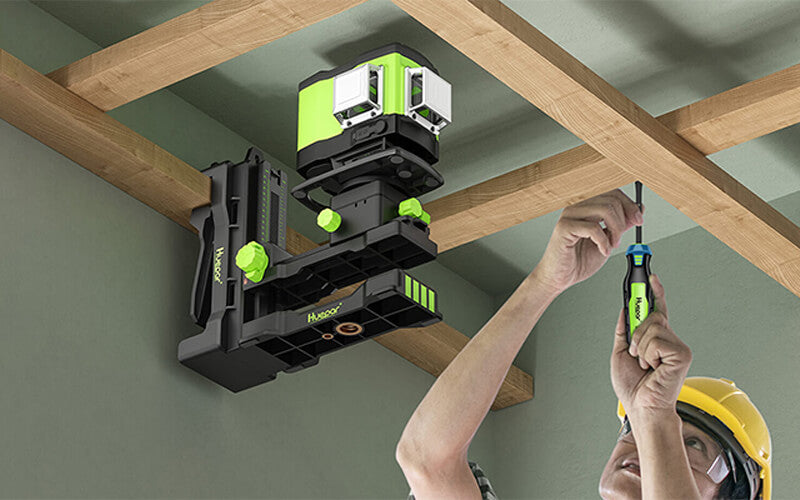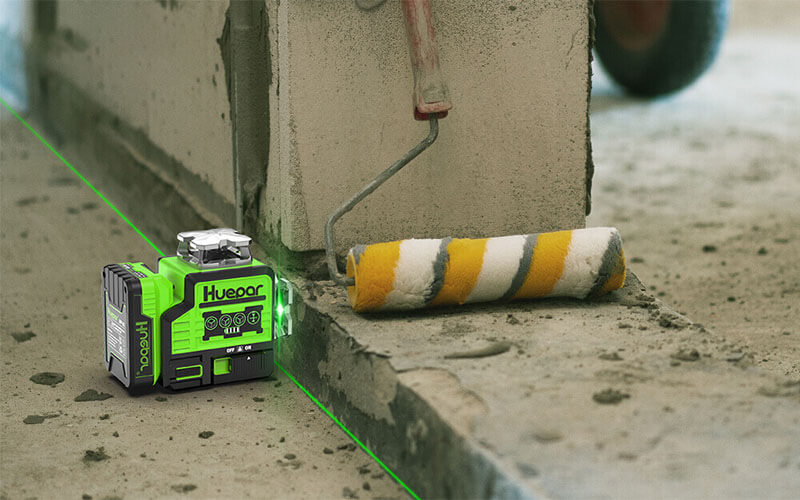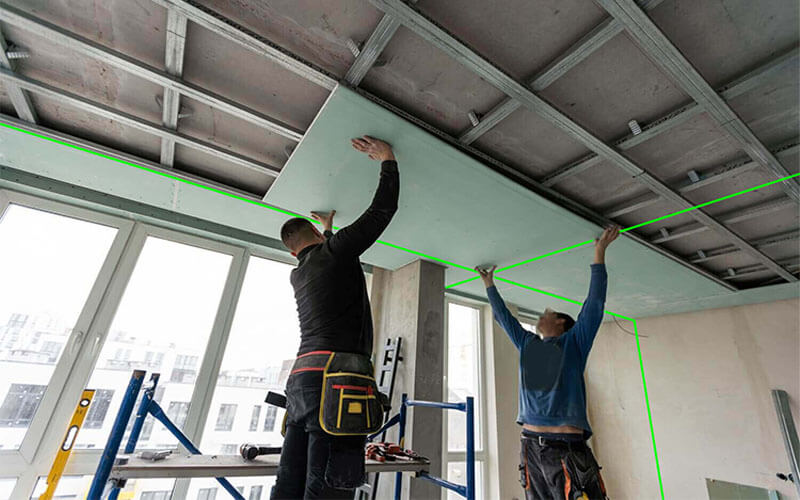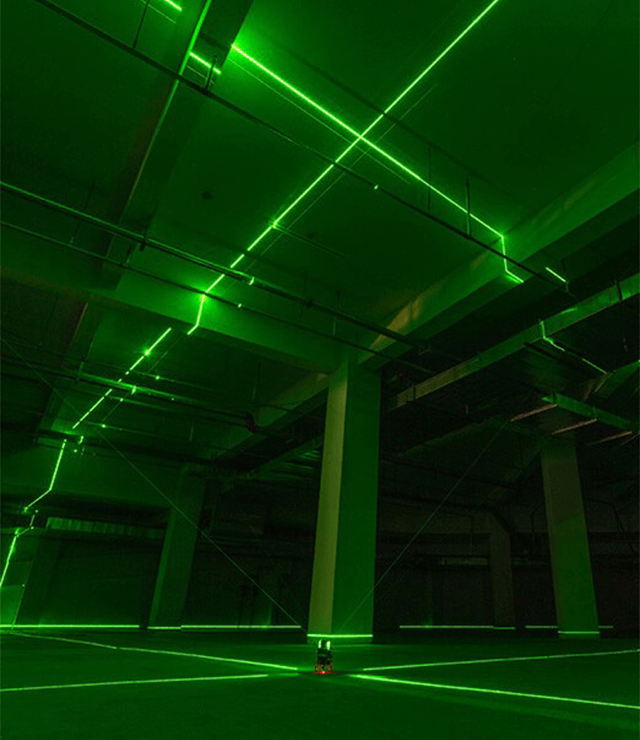
Unlocking Precision: A Comprehensive Guide to 3D Laser Levels
Introduction to Laser Levels
Understanding the Basics of Laser Levels
Laser levels are tools for making straight lines or checking level surfaces. They shine a laser beam which gives a straight line guide. These devices are better than traditional levels. They give clear, precise lines over long distances. You can use them indoors and outdoors. They’re good for jobs like hanging pictures, laying tiles, and building decks. Laser levels save time and help avoid mistakes. They are a must-have for precision work.

The Evolution of Laser Levels: From 1D to 4D
The story of laser levels is one of constant improvement. It began with the simple 1D laser level. This tool projects a single line along one axis. It's great for basic tasks like hanging pictures. Next came the 2D laser level. It can project lines along two axes. This was better for jobs like installing cabinets or tiles. Then, the 3d laser levels arrived. They can project three planes of light. This makes them perfect for complex layouts in construction. Now, we have the 4D laser levels. They add a new dimension with a 360-degree layout capability. This tool helps in tasks that need the utmost precision. As we can see, laser levels have grown more advanced with time.
Types of Laser Levels and Their Uses
Cross Line Laser Levels: When and Where to Use Them
Cross Line Laser Levels are versatile tools for alignment tasks. They project two visible lines: one vertical and one horizontal. These lines intersect to create a cross pattern. Such laser levels are ideal for indoor jobs, like hanging pictures, installing cabinets, or setting tile. They also help in the accurate placement of electrical outlets and light fixtures. Their ease of use makes them a favorite choice for DIY enthusiasts and professionals alike. For outdoor use, a detector is often needed to see the laser lines in bright light.
The Advantages of 3D Laser Levels for Professional Projects
3d laser levels have transformed how professionals approach various projects. They offer a blend of precision, versatility, and convenience that is unmatched by traditional leveling tools. The primary advantage of 3D laser levels is their ability to project a 360-degree horizontal or vertical plane. This allows for full-room coverage, making it ideal for tasks like installing cabinetry, laying out tile, or aligning and plumbing walls. With 3D laser levels, one person can accomplish what used to require a team, saving on labor costs and reducing the margin for error. Additionally, many 3D models come with smart features such as Bluetooth connectivity and integrations with mobile apps. This technology enables users to capture measurements and create digital floor plans in real-time. For professional projects where accuracy and efficiency are paramount, the benefits of using a 3D laser level are clear.
4D Laser Levels: The Cutting-Edge in Leveling Technology
4D laser levels represent the forefront in leveling tech. They emit lines on all four sides, creating a 360-degree layout. This makes them ideal for jobs needing precise vertical and horizontal measurements. These advanced devices are used in construction, engineering, and interior design. They offer enhanced accuracy and save time by eliminating the need to reposition the level. With additional features like Bluetooth connectivity and outdoor visibility mode, they're designed for efficiency and ease in complex projects.
Choosing the Right Laser Level
Factors to Consider When Selecting a Laser Level
When picking a laser level, you must weigh various factors to ensure you get the right tool for your tasks. Here are key points to consider:
- Accuracy: Check the level's precision. It's vital for quality results.
- Range: Know the working distance. It affects how far the laser reaches.
- Durability: Look for robust design to withstand job sites.
- Battery Life: Longer life means less downtime.
- Self-Leveling: This feature saves time and effort.
- Visibility: Ensure the laser is clear even in bright conditions.
- Mounting Options: Versatile mounts increase usability.
Choose wisely to make your work smoother and more efficient.
Comparing 3D, Cross Line, and 4D Laser Levels
When picking the right laser level, you'll compare 3D, Cross Line, and 4D types. Here's a quick guide:
- Cross Line Laser Levels: Ideal for basic tasks like hanging pictures or installing shelves. They project simple horizontal and vertical lines.
- 3D Laser Levels: Perfect for professional use. They provide full room layout with three planes of laser light. They are used in construction and serious DIY projects.
- 4D Laser Levels: These offer the same benefits as 3D levels but with an added plane. This means they cover the ceiling too. They are top-tier for complex projects and tasks that need the utmost precision.
Your choice will depend on the job's complexity and precision needed.
Tips for Maintenance and Longevity of Laser Levels
To ensure your laser level serves you well over the years, proper maintenance is key. Here are some simple tips:
- Always handle your laser level with care to avoid drops or impacts.
- Keep the laser level clean, wiping off dust and debris after each use.
- Store your laser level in a protective case when not in use to prevent damage.
- Avoid exposing the laser level to extreme temperatures, moisture, and direct sunlight.
- Regularly check the battery life and replace batteries before they fully deplete.
- Follow the manufacturer's instructions for recalibration to maintain accuracy.
- Inspect the laser components periodically for signs of wear or damage.
These steps can help to extend the life and performance of your laser level, providing reliable use project after project.


